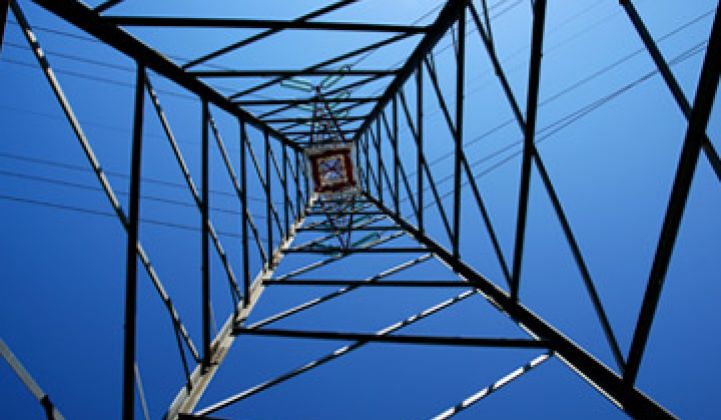Do power prices make sense?
To a traditional economist, the answer would be no. Most businesses and consumers buy their electrical power at relatively fixed rates from a utility that operates as a monopoly. Most residential electricity users would be hard-pressed to name the price they pay for a kilowatt-hour of power.
Electrons delivered in the afternoon, however, are more expensive than power generated at night. In Texas, some wind farm owners even pay customers to take power because they have so much to spare. Rates are based on an old metering system and public policy decisions ensuring that everyone can get electricity, not just the cost required to crank the generator.
But can we change the value of electricity to encourage conservation while balancing the needs of various sectors of the public? Here are some other ideas that might get us out of the kilowatt cul de sac.
Time-of-Use Pricing. Toronto Hydro has launched a large time-of-use program and states like California and Connecticut have dipped their toes in the water with trials. In Canada, the time-of-use pricing has been a tough sell because peak power costs 9 cents a kilowatt hour, while off-peak costs 4 cents. Connecticut wants to price peak power significantly higher: ten times more than regular power. It’s a pricing signal that even lazy customers may not be able to ignore.
Different Power Costs for Electric Vehicles. Brett Williams of UC Berkeley's Transportation Sustainability Research Center proposes treating electrons for "fuel services" differently than electricity for powering other stuff. Charging a PHEV looks essentially like another home to the utility -- a home that happens to be drawing five kilowatts in the middle of the night.
Energy by the Square Foot. Rather than sell energy by the kilowatt hour, utilities could charge consumers by the size of their house, suggests Karl Rabago, vice president of distributed energy services at Austin Energy. Let's say 10 cents a kilowatt hour per square foot per month. In exchange, utilities would gain the right to control the house to some degree: install new insulation, replace an old refrigerator, etc. The utility gets to take energy hogs off the grid and the consumer gets a remodeled house.
Educating the Consumer? OPower is generating millions in revenue by providing residential energy customers with detailed information on their energy usage relative to their neighbors and nearby homes of similar size.
The upside? It works. The downside? OPower says it can reduce consumption by only about two to three percent. Impressive, but not as much as the 5 percent to 15 percent some companies years ago said could be achieved through educating consumers.
What do you think? Will a change in the way the buyer and seller meet move the needle?
Read more on this topic in a joint effort by General Electric Ecomagination and Greentech Media, and join the conversation here.



